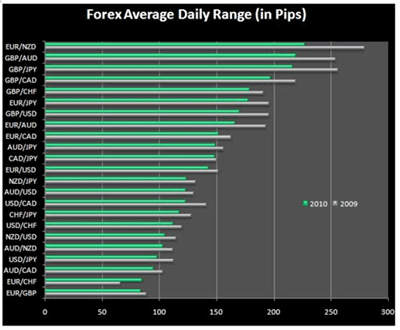It (was) a quiet morning (Tuesday) in the foreign exchange market with no US economic data scheduled for release until the FOMC minutes at 2:00 pm NY time. By the time you read this, the minutes will have been released. The dollar continued to recover against the euro and British pound, but remained weak against the Japanese yen. The minutes from the September Fed meeting are expected to show the central bank’s concerns about the economy and inflation because if you recall, the message that the central bank left with us last month was a willingness to ease. They were laying the groundwork for a second dose of quantitative easing, which set off the sharp selloff in the greenback over the past month. We will be looking to the minutes for clues on how close the central bank really was to increasing the asset purchase program. If most of the members believed that more stimulus is needed, dollar bears could jump right back into the market. However, if there was a hearty debate that showed a great deal of opposition, then the dollar could continue to recover.
What Currencies Have the Greatest Volatilities?
As I wait for the FOMC minutes, I want to take this opportunity to update a popular study tracking the average daily trading range for the most actively traded currency pairs. This list was compiled using intraday high and low price data tabulated between September 2009 and September 2010. Both new and seasoned traders have found this list useful because it provides a frame of reference to compare the volatility of different currency pairs. For example, the table shows that EUR/NZD, the currency pair with the widest average daily range is approximately four times more volatile than EUR/CHF, the currency pair with the smallest range. Given that each pip, or point move in EUR/CHF is worth roughly the same amount as a pip move in EUR/NZD, this difference in volatility is extremely significant. Therefore, when considering which currencies to trade, it is important to know that EUR/CHF will generally be less volatile than EUR/NZD.
EUR/GBP, on the other hand, has an average daily trading range of 89 pips, but its ranking as the currency pair with the second tightest range is a bit distorting because the pip value of EUR/GBP is approximately $15 on 100,000 units, while the pip value of NZD/USD is $10 on 100,000 units. This means that the average daily move in EUR/GBP is actually more significant in US dollar terms than the move in NZD/USD.
Average daily trading ranges are particularly important in determining where to put a stop. For example, a 60-pip stop in EUR/CHF or EUR/GBP is much more significant than the same stop in GBP/JPY or even GBP/USD. GBP/JPY and EUR/NZD are what we like to consider the Google shares of the currency market because they can move 60 pips in a blink of an eye, while some days, EUR/CHF may not even move more than 60 pips.
The sharp decline in the US dollar over the past few months has also led many traders to believe that volatility in the foreign exchange market has increased, but in reality, it actually decreased compared to last year. This should not be surprising since central banks around the world were still in full easing mode during 2009 (that was when the Fed launched their trillion-dollar rescue plan). Volatility has declined even more compared to 2008 when the financial crisis was at its peak. Unless there is another surprise shock in the economy, lower volatility is probably here to stay.
By Kathy Lien of FX360.com























